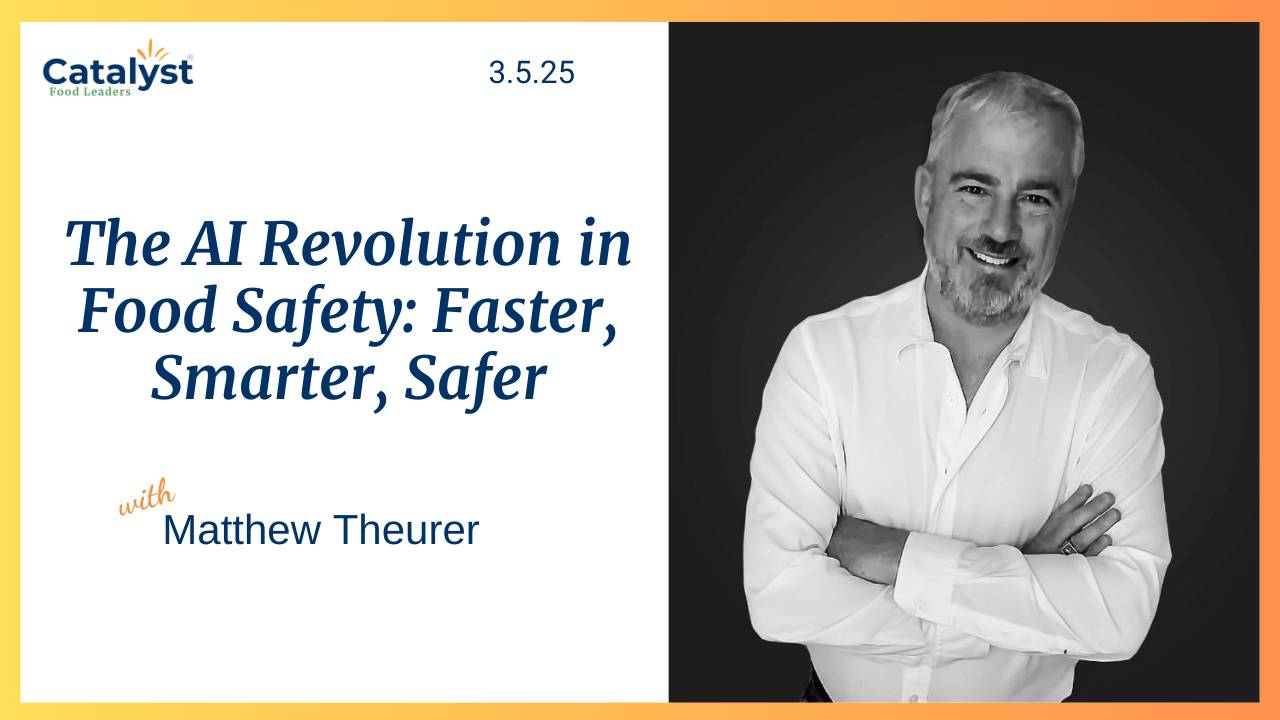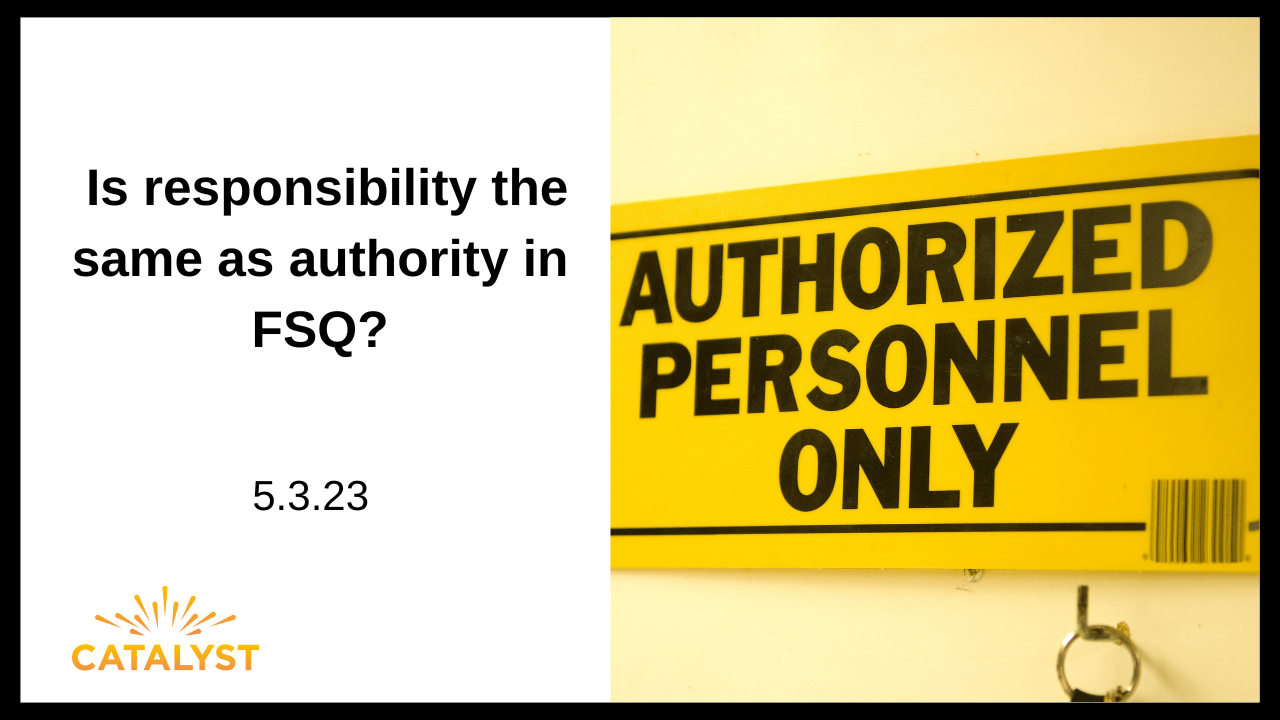We all know food safety matters. But knowing isn’t the issue. The issue is how we lead.
Across the food industry, leaders are doubling down on protocols, procedures, and audits—yet food safety culture still struggles to move forward. Why?
Because we’re focusing on compliance, not commitment.
Compliance is about rules, checklists, and documentation. Necessary? Yes. Sufficient? Absolutely not.
Commitment is different. It’s personal. It’s what drives someone to speak up when they see something o...
Sometimes what looks like “improvement” is really avoidance in disguise. In this week’s Real Talk with Jill & Tia, we’re naming 3 common ways leadership quietly takes a backseat—masked by process changes, shiny tools, or CI initiatives. These approaches can be helpful, but when they replace courageous leadership instead of enabling it, teams start to feel the disconnect. We’ll explore what it looks like when people sidestep leadership, how to spot it, and what to do instead. Whether you're a lea...
Foodborne pathogens are a massive global issue, and current testing methods aren't keeping up. But what if AI could change the game? This week on Real Talk with Jill & Tia, we’re joined by Matthew Theurer (THER) of Hyperspectral, who’s bringing a fresh perspective on how artificial intelligence is revolutionizing food safety. By combining AI with spectroscopy—an age-old technology—Hyperspectral is making pathogen detection faster, more accurate, and cost-effective. We’ll dive into the scale of t...
Join us on Real Talk with Jill & Tia as we dive into the topic of Questionable Judgment 💭🚦. From quick decisions in high-pressure situations to the long-term impact of questionable calls, this episode explores how lapses in judgment can disrupt teams and erode trust. We’ll discuss why these missteps matter, and more importantly, how to rebound and recalibrate after they happen.
If you’re a leader, manager, or team member navigating complex decisions, you won’t want to miss these insights on gr...
You've heard it time and again: team members aren’t engaged and they want a better work culture. As a leader, you implement surveys, listening sessions, and food safety celebration days...only to have similar survey results from the next year. Leaders are understandably confused as to what team members really want. Sound familiar? 🤔 This cycle of failed culture change is what is called the leadership paradox. What gives? 🤷♀️
The issue is that many leaders still do the same things they know t...
Self-reflection is the cornerstone of shaping the culture you envision for your organization. Join us as we explore this fundamental truth about unraveling the powerful connection between self-awareness, personal growth, and the culture we create as leaders. We’ll dive into practical insights on how self-reflection can be harnessed as a potent tool in crafting the positive food safety culture we all aspire to have. Get ready to gain valuable insights, share experiences, and discover the keys to ...
Most people in FSQ have heard of Bill Marler and Shawn Stevens as prominent food safety lawyers, yet have you heard of food safety mediators? We didn’t even know food safety mediation existed until we met David Ernst. He practiced food safety law for decades, but started his own business recently to serve differently - as a food mediator and law firm succession consultant. Join us to learn all about food mediation, succession planning, and what drives David’s passion in these areas.
Learn ...
How often does the response “because I said so” motivate people to action? Not only is that answer often ineffective in driving action, but it can also encourage people to do the opposite. Yet, this type of top-down management is still the predominant approach used in many organizations. Given the current state of food safety culture, one may wonder, would a bottom-up leadership approach be more effective in engaging team members to drive better food safety outcomes? Join us to cast your vot...
We all know people leave bosses, not companies. While we may say it’s due to a bad boss, there’s often a host of factors to explore to understand the relationship dynamic, especially in food safety and quality. Join us this week as we dive into five ways to deal with a bad boss.
Learn more in THIS episode of Real Talk Food Safety with Tia & Jill.
A cornerstone of food safety is that employees have permission to act in the best interest of public health. Even though we’ve all been trained to say, “we can stop the line”, there are other aspects of food safety that require the same level of authority yet authority isn’t always given. What happens when you find yourself or your technical team (aka food safety team) in a position of responsibility without authority, or limited authority, to act in the best interest of food safety? Join us ...
On the career journey through food safety and quality, after gaining experience, people often to transition to formal leadership roles. Some people thrive, and some don’t. Transitioning from individual contributor to manager isn’t always as easy as it seems. Learn the secrets of success from Dr. Michael Wood!
Learn more in THIS Real Talk Food Safety episode with Tia & Jill.
In an era where Food Safety Culture is front and center, we need Technical Leaders that have effective leadership to guide and influence the journey. Many food companies partner with consultants to deploy leadership concepts across their organization to build leaders, including food safety leaders, to have “one” philosophy and style of leadership for their organization. While good in spirit, these attempts fall short. Why?
A 2017 leadership training study shows what we already know - one siz...














